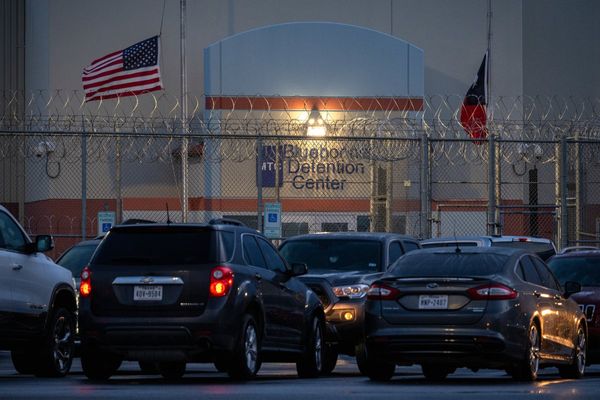Did the repair of a boom barrier at a level crossing near the Bahanaga Bazar railway station at Balasore in Odisha lead to the horrific crash of the superfast Coromandel Express, bound to Chennai from Howrah, after colliding with a stationary goods train on the loop line?
The level crossing gates and barriers are all inter-linked with the electronic interconnected signalling system which controls the trains’ movement automatically to allow the speedier trains to move through the main lines at smaller stations. Senior Railway officials, wishing to remain anonymous, disclosed that the repair of the boom barrier could have led to a break in the circuit connecting the relays and network, which in turn, could have led to a glitch of the signal turning ‘green’ to allow the Coromandel Express to speed through even as the unit had shifted the train to the adjacent loop line where the goods train was parked.
“There are multiple levels of checks and re-checks, but somehow it had escaped everyone’s notice due the work pressure and there were no alerts too. The poor loco pilot has no means to control the train into the loop line as the signalling system will shift the train line and would have been horrified to see the goods train in front,” they said.
Usually, when the train is moved to the loop line from the main line, the loco pilot reduces the speed to about 15 kmph but here he was under the impression that he was on the main line with the ‘green’ signal on, till the last minute of being pushed into the adjacent line, senior officials deduced.
Even if the two express trains were fitted with ‘KAVACH’ — indigenously developed automatic train protection system and anti-collision device — it would not have prevented the mishap because the system is built on stopping the train automatically when the loco pilot jumps the ‘red’ signal or when a train is on the same track whether in the opposite direction or a little distance away on the same direction.
“In this case, the Coromandel Express had a clear ‘green’ signal and there was no way the loco pilot could have applied brakes in such a short span of time and distance. The loco pilot and his assistant look for signals every 1.5 km away and alert each other for being double sure, besides looking for a clear track sans obstructions. They will have no clue about the points/crossings changes near stations, which is overseen by telecom-signal engineering staff and the station master concerned,” they said.
Similarly, the Bengaluru-Howrah Superfast Express could not have avoided hitting the capsized coaches of Coromandel Express because it was running at the prescribed high speed on the other direction at about the same time whether equipped with ‘KAVACH’ or not.
The latest tragedy should now force the Railways to focus on a fail-safe mechanism where trains either come to an automatic halt or reduce speeds drastically whenever a snag is detected. “The system’s failure is obvious and accountability has to be fixed to save any further precious human lives from being lost,” they added.







